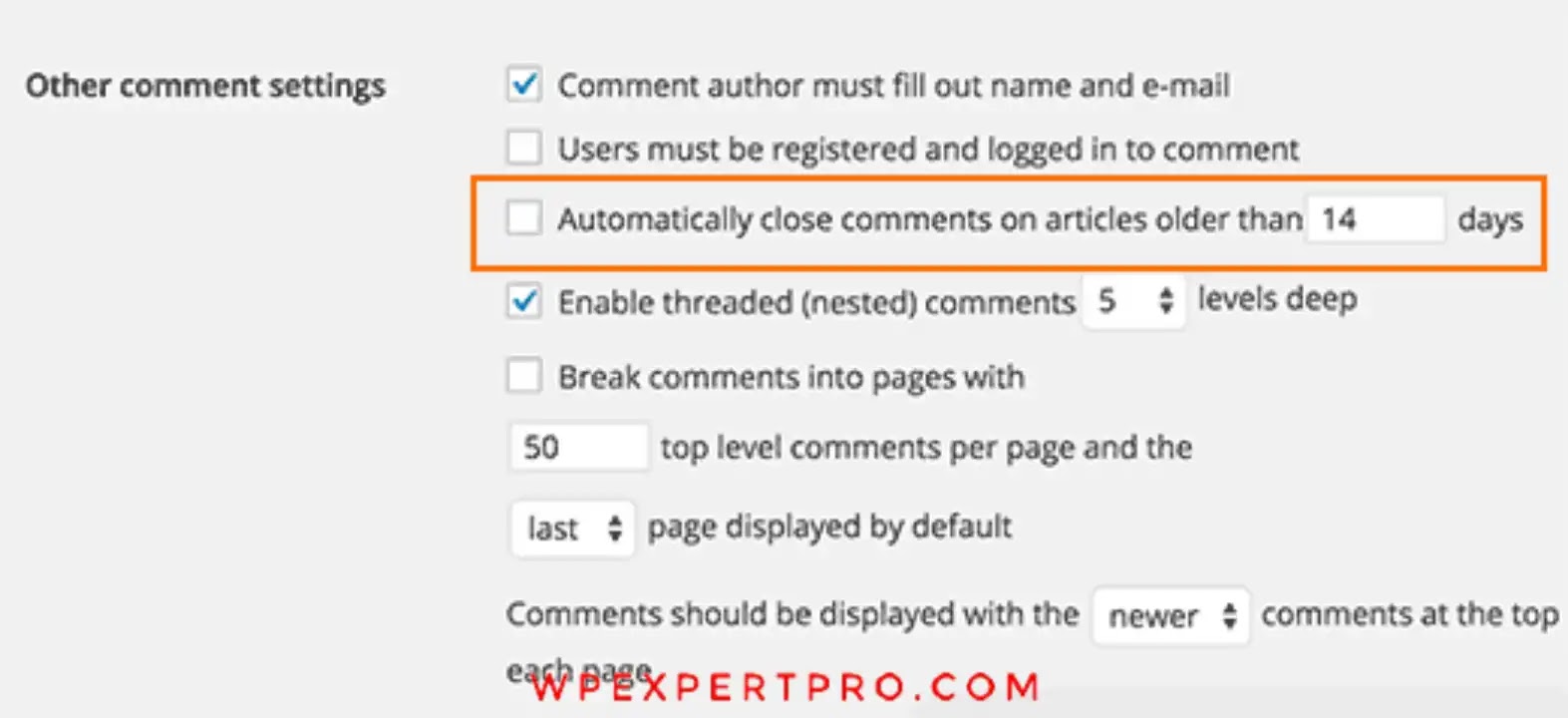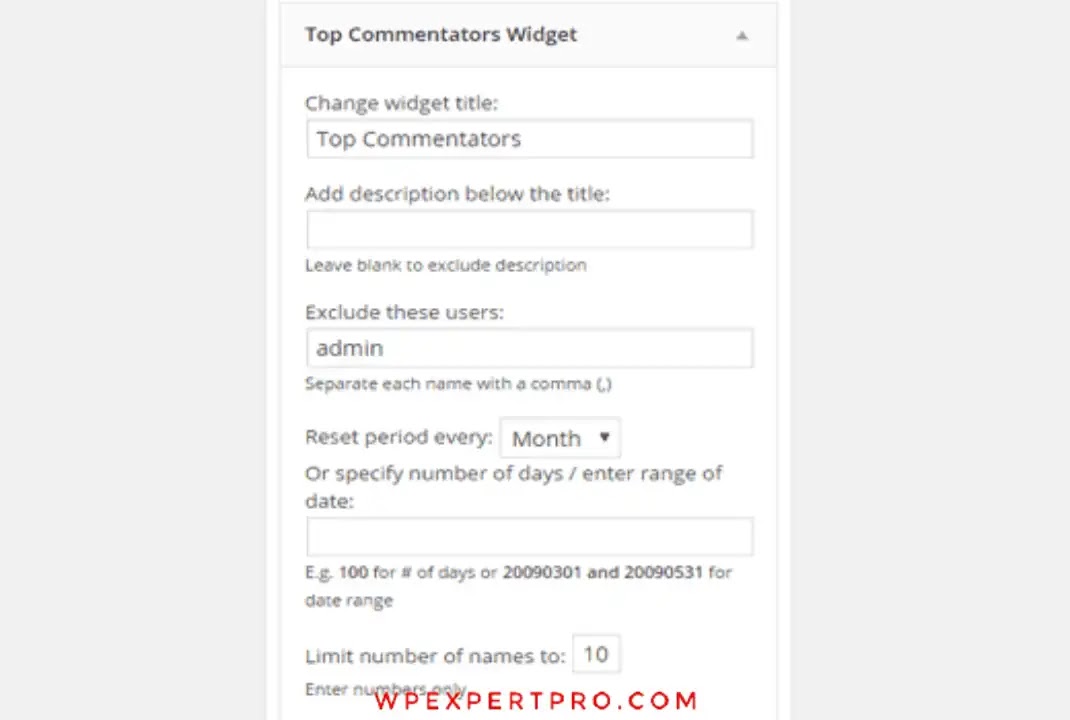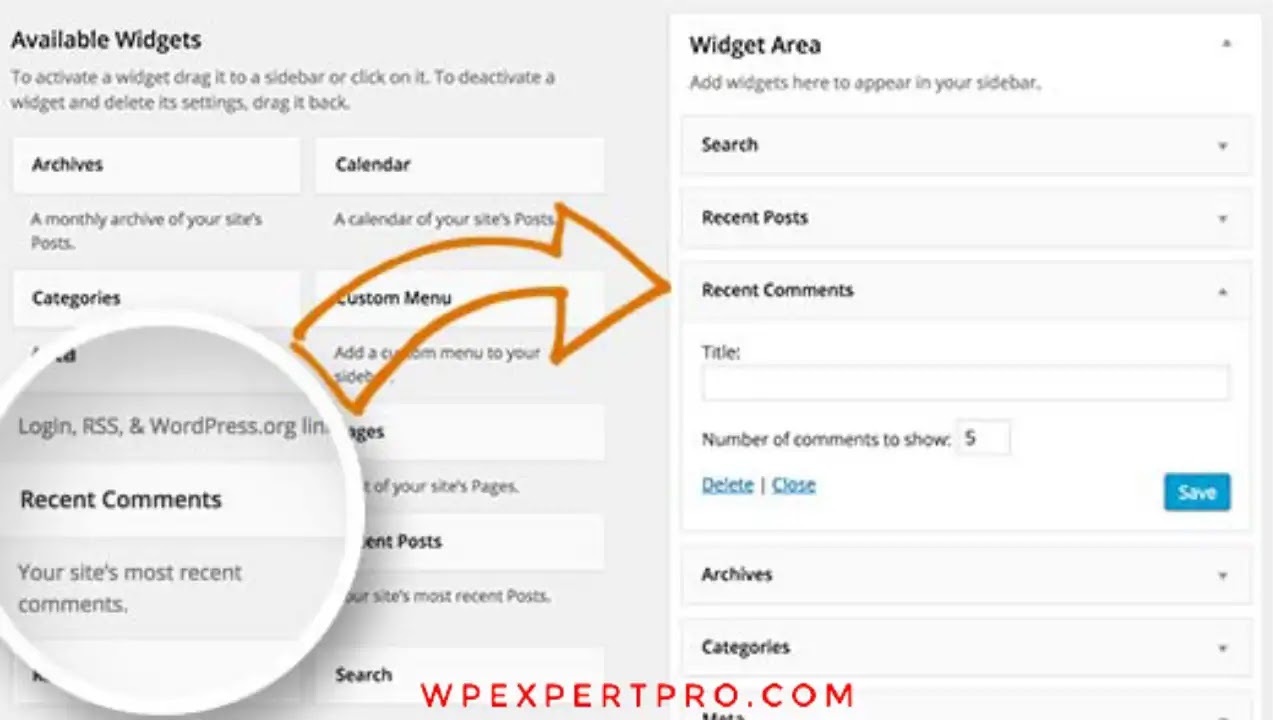Do you want to increase the number of people who comment on your blog posts? We're frequently asked for advice on how to obtain more comments on WordPress blog posts. We'll go through 11 techniques to get more comments on your WordPress blog posts in this article.
1. Upgrade your WordPress hosting
Comments need a lot of resources. Your server runs a PHP script every time a user leaves a remark on your WordPress site. Multiple users sending comments at the same time may cause your site to slow down.
You must ensure that your WordPress hosting provider is capable of handling it. If you have a larger site, consider using a managed WordPress hosting service like WPEngine.
2. Take use of comment moderation Instead of Captcha, you can use
Using CAPTCHA to prevent spam is a good approach to combat comment spam.
CAPTCHA, on the other hand, is not user-friendly and inhibits regular users from leaving comments.
Rather than employing CAPTCHA, establish comment moderation on your website and personally approve each and every comment (if you have to).
Not only would comment moderation allow you to block spam, but it will also allow you to communicate with your users more frequently.
3. Make it possible for users to subscribe to comments.
By default, when a person posts a remark on your website, they must bookmark the URL in order to return and see if the item has received any additional comments.
They will most likely never return if they forget to bookmark your blog or can't recall the name of it.
Users can subscribe to comments on your WordPress posts if you give them the option. This way, they'll be notified as soon as a new remark is made.
This will dramatically increase the number of pageviews and comments on your website. Discussions on your site will be more engaging for your users.
4. Notify users when their comments are replied to.
When a person posts a remark on your website, there is no way for them to know if their comment has been responded to. They'll have to save the page and return to it later. The majority of users will not do so.
Allow users to subscribe to their own comments with ease. They will only receive an email notification if someone responds to their comment in this manner.
If you make it a habit to respond to the majority of user comments on your site, you may be able to build a vibrant community around your blog.
5. Show the most recent comments first
WordPress defaults to displaying the most recent comment at the bottom of the comments list. If you have a lot of comments on a post, users will view the most recent ones first.
In WordPress, you can easily modify this.
Simply go to Settings » Discussion and scroll down to the section where you may change the settings for other comments. You must choose "newer" from the drop-down option.
6. Enable comments on older posts.
To reduce comment spam, most bloggers disable comments on older posts. There will, however, be a large number of individuals who wish to comment on these posts.
You can safely enable comments on previous posts because you're already utilizing comment moderation.
Simply go to Settings » Discussion and scroll down to the section where you may change the settings for other comments. Remove the check mark next to "Automatically close comments on items older than X days."
7. Highlight your most active commenters
Highlighting your top comments is a great way to encourage and thank your most devoted users. This reminds users that they are a member of your blog's community, and that you value their efforts to make your comments more lively.
The Top Commenters Widget plugin is simple to install and activate. Go to Appearance » Widgets and add the Top Commenters Widget to a sidebar once it's been activated.
8. Show the most recent comments
Users that visit your homepage have no notion what's going on in the comments part of your blog. For example, a heated dispute may be raging on a new post, and a user may wish to weigh in.
By displaying recent comments on your site, you may provide users the opportunity to peek at current debates.
Add the Recent Comments widget to a sidebar by going to Appearance » Widgets.
9. Make it possible for users to rate and share their comments.
The default WordPress commenting system is straightforward and straightforward. It lacks the social, gamification, and user interaction features that a modern discussion platform would offer. Plugins, on the other hand, make it simple to add these functionality to WordPress.
De:comments is a simple plugin to install and activate. The plugin will change your WordPress commenting system into a very engaging discussion platform once activated.
Voting, user awards, social sharing, comment subscription, and many other features are available in De:comments. It will spare you the trouble of having to install some of the other plugins listed in this article.
10. When a user's comment is approved, notify them.
When a visitor leaves a comment on your blog, WordPress informs them that it is being moderated. When you accept or delete a user's comment, they have no idea.
By simply telling users when their comment is approved, you may improve pageviews and user engagement.
Install the Comment Approved plugin and enable it. To configure the plugin, go to Settings » Comment Approved after it has been activated.
11. Respond to User Feedback
This should go without saying, but if you want to obtain more comments on your website, you must actively participate in debates.
This necessitates responding to as many user comments as possible.
By installing and enabling the DX Unanswered Comments plugin, you may quickly check for comments to which you can respond. It will allow you to filter and view unanswered comments.
We hope that this post assisted you in increasing the number of comments on your WordPress blog.







